Despite a measurable improvement of safety practices, aviation risk managers face new challenges, such as a talent shortage, cyber risk – AGCS
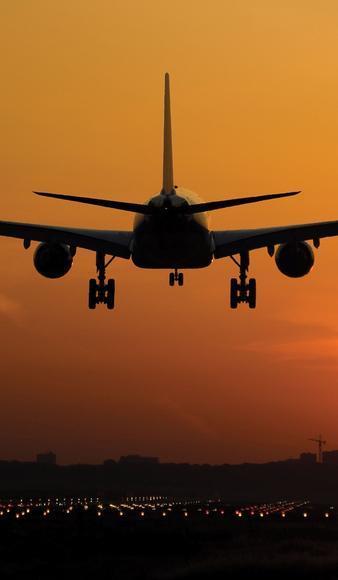
The aviation sector has shown a measured improvement of its safety measures, according to Allianz Global Corporate Specialty (AGCS), but this has not stopped the cost of claims from rising and is likely to be tested by new and emerging risk scenarios.
AGCS reports in its Global Aviation Safety Study that there are currently less than two deaths per every 100 million commercial passengers, compared to 133 deaths per every 100 million passengers between 1962 and 1971.
This improvement of safety management is more impressive given the growth in the sector that has seen the number of commercial passengers increase from 106 million in 1960 to an estimated 3.3 billion this year, says AGCS.
However, this improvement is likely to be tested, according to the report, which identifies a number of new potential loss scenarios emerging, including “cyber attacks, the expected increase of drones (unmanned aerial vehicles/(UAVs)) in commercial use, an anticipated future shortage of a skilled workforce, including pilots, and the prospect of increasing turbulence, driven by the changing climate.”
Of particular concern for the aviation industry is cyber risk, owing to a reliance on interconnected systems.
AGCS global head of aviation risk consulting Ludovic Arnoux said: “New generation aircraft are highly exposed to cyber crime, owing to the prevalent use of data networks, onboard computer systems and navigation systems. Data breaches and cyber attacks are perceived to be growing risks.”
Despite the much-improved safety record, AGCS reports that the cost of aviation claims is increasing, driven by the widespread use of new materials in plane design, in addition to ever-more demanding regulation and growth of liability-based litigation.
AGCS global head of aviation EMEA and Asia-Pacific Henning Haagen said: “There are currently fewer fatalities or total hull losses compared to the past, but new types of risk and losses, such as composite repairs, ground equipment damage or the risk of grounding, are additional drivers of exposure.”
Increasing fleet values and a rise in passenger numbers is expected to push the value of risk exposure through the $1trn barrier by 2020, possibly even earlier, according to the report.
Other highlights of the report include:
· accidents by phase of flight: analysis over 10 years (2003-12) shows most accidents occur during descent and landing (57%), followed by the climb stage of the flight (24%). Only 9% of accidents occur during the cruise stage. Analysis also shows there is no safest seat on a plane, as no two crashes are comparable;
· damage from foreign objects continues to be an issue for the aviation sector, with this being the fifth highest generator of insurance claims by number. Bird strikes are a notable cause, but incidents on runways with animals such as zebras and cows can also cause losses;
· ramp accidents can cost the aviation industry a reported €8.2bn a year. Ineffective communication is at the heart of most incidents. Contact between airplanes and ground service equipment accounts for more than 80% of incidents; and
· future of traffic and safety management: the tragic loss of Malaysia Airlines MH370 highlights the challenges of air traffic management in keeping track of more than 30 million flights a year. Safety requires close co-operation between regulators, airlines and other stakeholders. Innovations such as a cloud-based black box could represent a major improvement, enabling aircraft to stream real-time data about the aircraft systems, which are normally recorded by the on-board black boxes.





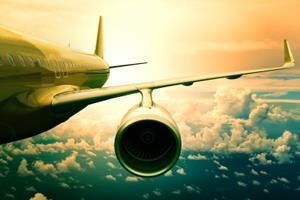
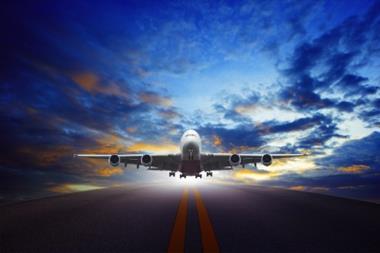

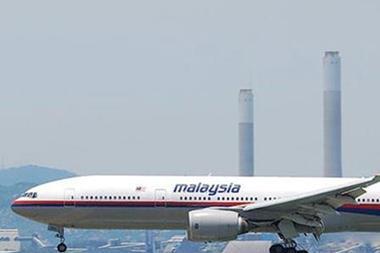
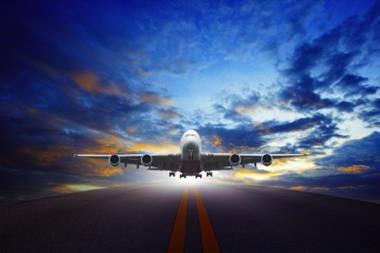
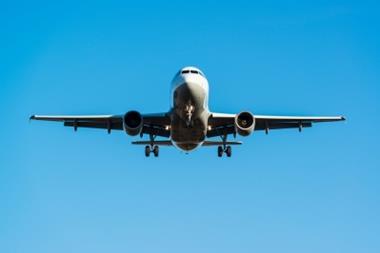









No comments yet